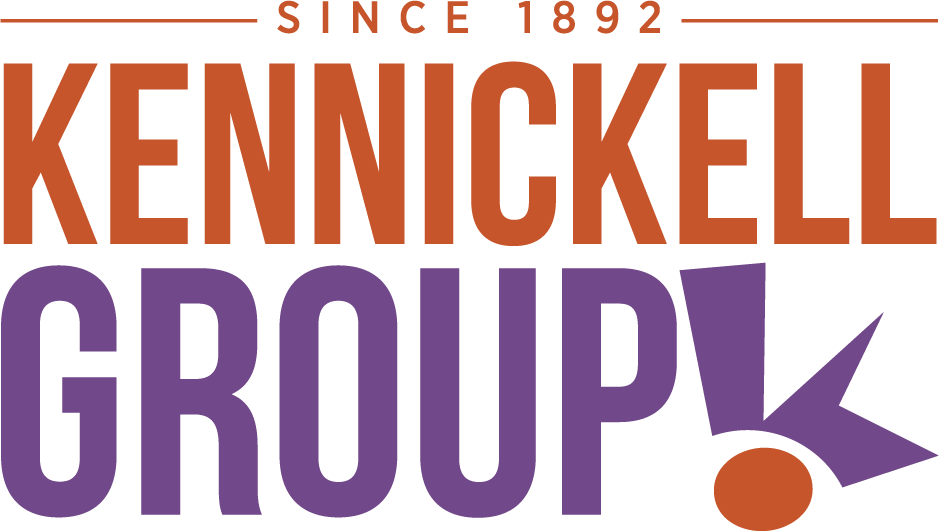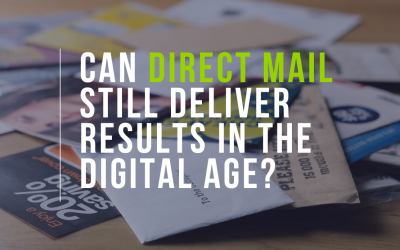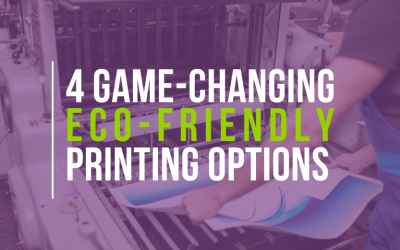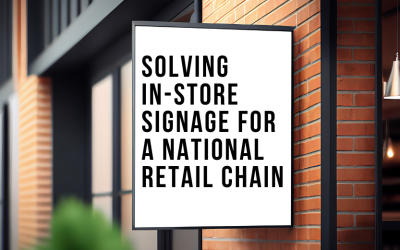Color Psychology in Advertising
In the world of marketing and advertising, understanding the impact of color psychology in advertising is crucial for businesses aiming to capture the attention and loyalty of consumers. Numerous academic studies have delved into the fascinating realm of how different colors influence human behavior and decision-making processes. For instance, research conducted by the University of Winnipeg found that up to 90% of snap judgments made about products can be based on color alone. This underscores the importance of selecting the right colors to convey the desired message and elicit the desired response from consumers.
What is Color Psychology?
Different colors have been shown to evoke specific emotions and moods in individuals. For example, warm colors like red and orange tend to create a sense of urgency and excitement, making them ideal for businesses looking to stimulate impulse purchases or create a sense of energy. On the other hand, cool colors like blue and green are often associated with calmness, trust, and stability, making them suitable for brands aiming to convey reliability and professionalism.
Using Color Psychology in Advertising
Businesses can leverage this knowledge of color psychology to strategically influence consumer behavior through their branding, marketing materials, and advertising campaigns. By carefully selecting the colors used in their logos, packaging, and promotional materials, businesses can evoke desired emotions and perceptions in their target audience. For instance, a luxury brand might use gold or black to convey sophistication and exclusivity, while a health and wellness brand might opt for green to signify freshness and vitality.
Moreover, different types of businesses can utilize colors in distinct ways to achieve their marketing objectives. For example, a fast-food chain might use vibrant reds and yellows to stimulate appetite and encourage quick decision-making, whereas a spa or relaxation retreat might incorporate calming blues and greens to create a tranquil atmosphere that promotes relaxation and rejuvenation.
But the use of different colors must extend beyond just creating your initial logo or your basic branding. Color psychology should be kept in mind for all steps of the design and marketing process. You may choose to base your logo in blues to convey your trustworthiness as a brand, but you don’t want to stick to those hues when you’re creating marketing materials for your one-day-only sale.
The power of color in influencing consumer behavior cannot be overstated. By understanding the psychological effects of different hues and strategically incorporating them into branding and marketing efforts, businesses can effectively communicate their values, evoke desired emotions, and ultimately drive consumer action. In today’s competitive marketplace, harnessing the power of color can be a game-changer for businesses looking to stand out and succeed.
Check out our other recent blogs:
Can Direct Mail Still Deliver Results in the Digital Age?
Like many other aspects of our lives since the internet revolution, direct mail isn’t dead…it’s just transformed.
4 Game-Changing Eco-Friendly Printing Options
Here are some of the most effective eco-friendly printing choices, from alternative paper & inks to improved printing methods.
Solving In-Store Signage for a National Retail Chain
Our client, a large national retail chain with over 1,000 stores across the United States, requires customized in-store signage solutions.





